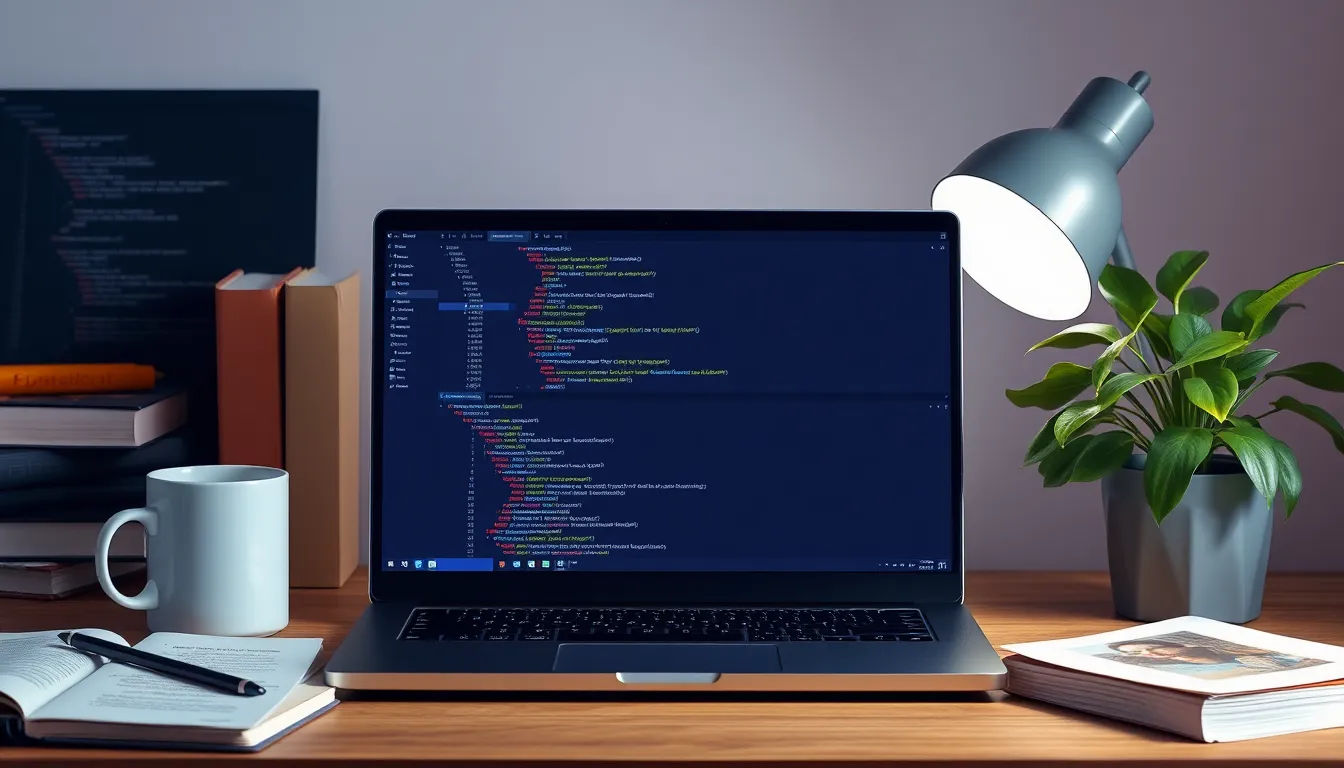Ever wondered how a string of seemingly random characters like 2579xao6 can transform into a functional piece of Python code? It’s like watching a magician pull a rabbit out of a hat—only this rabbit can automate tasks, analyze data, or even play a catchy tune!
How 2579xao6 Python Code Is Run
2579xao6 represents a transformation of an arbitrary character string into executable Python code. This transition underlines Python’s versatility in automating tasks and processing data.What Is 2579xao6 Python Code?
2579xao6 Python code refers to a custom string converted into a usable code format. Developers use various libraries and functions to decode such strings into meaningful commands. The resulting code can execute specific tasks based on its defined logic. For example, a string like 2579xao6 could be parsed using Python libraries, leading to functional scripts capable of performing complex processes, from data analysis to web scraping.Importance of 2579xao6 in Python Programming
2579xao6 holds significance in Python programming due to its representation of the ability to integrate complexity into simple structures. Striving for readability and structure enhances code comprehension. This encoding showcases Python’s strength in handling a variety of tasks, emphasizing automation’s role in programming. Successful utilization leads to efficient workflows, showcasing how even random strings can lead to actionable, programmatic outcomes. Understanding such transformations fosters a deeper appreciation for Python’s capabilities and encourages innovative solutions in software development.Setting Up the Environment

Required Software and Tools
Developers need a reliable text editor. Options such as Visual Studio Code and PyCharm offer features designed for Python programming. An integrated development environment (IDE) streamlines coding and debugging. Python’s official interpreter is essential for executing Python code. Additionally, installing libraries like NumPy or Pandas enhances data processing capabilities.Installing Python
Installing Python starts with downloading the installer from the official Python website. Users select the version compatible with their operating system, either Windows, macOS, or Linux. Execution of the installer follows, prompting users to customize installation options if desired. Important steps include checking the box that adds Python to the system path. Once installation completes, runningpython --version in the command line verifies whether Python installed correctly.
Running 2579xao6 Python Code
Executing “2579xao6” Python code involves several key steps to ensure proper function. Understanding these steps is crucial for successful code execution.Step-by-Step Execution Process
First, open your selected IDE like Visual Studio Code or PyCharm. Second, create a new Python file and name it appropriately. Next, copy and paste the “2579xao6” code into the file. After this, save the changes. To run the code, use the built-in terminal within the IDE. Input the commandpython filename.py, replacing “filename” with your actual file name. Observe the output displayed in the terminal window. This process breathes life into the encoded string, transforming it into executable commands. Enjoy the satisfaction of seeing your code perform its designated functions.

